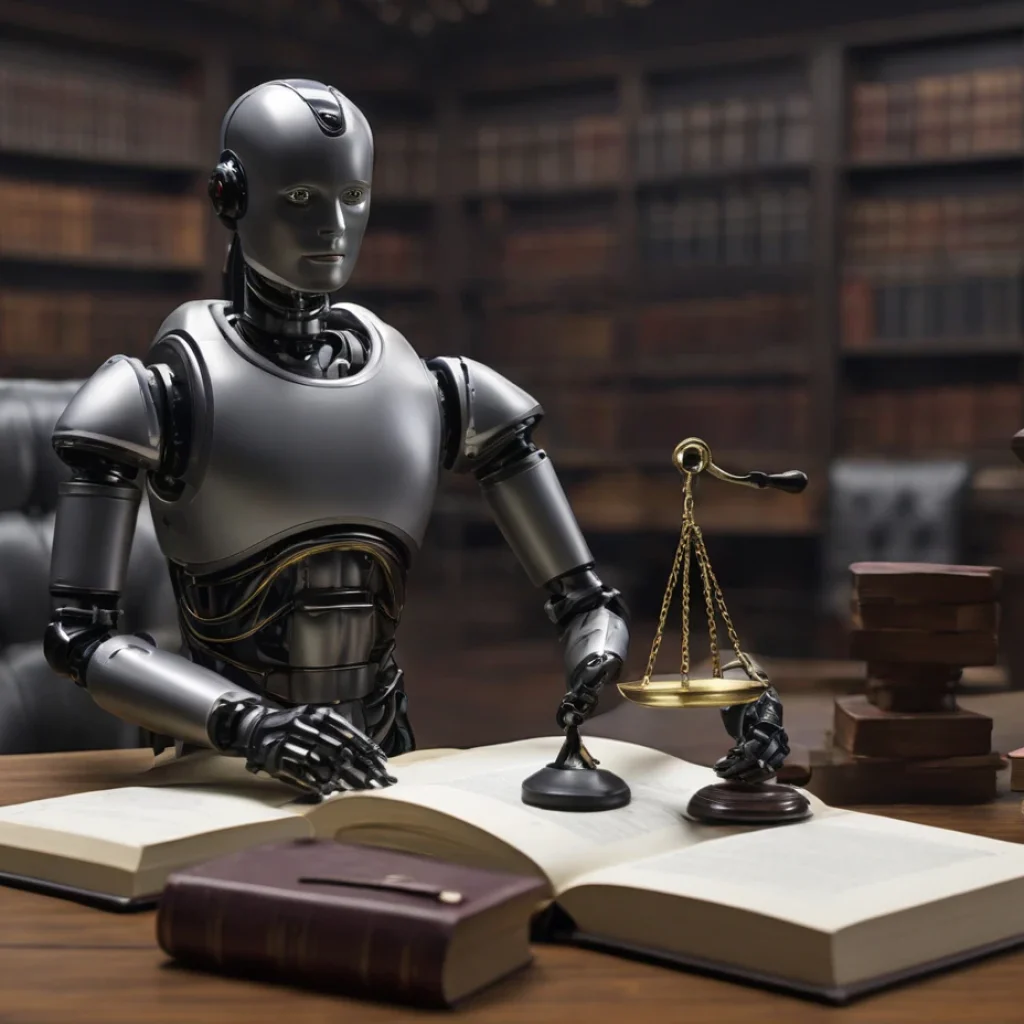In a fusion of art and environmental consciousness, the highly acclaimed robotic plant, “Econario,” has made its way to the Bihar Museum for the Biennale 2023 in Patna, India. This extraordinary creation, commissioned by the British Council, is not just an artistic masterpiece but a thought-provoking embodiment of our choices today and their far-reaching implications for the future of our planet.
The Bihar Museum Biennale 2023 is aligned with the “Together We Art” initiative, resonating with the theme of India’s G20 Presidency – ‘Vasudhaiva Kutumbakam – One Earth, One Family, One Future.’ This initiative aims to underscore the interconnectedness between our present decisions and the destiny of our planet. “Econario” serves as a poignant symbol of this interconnectedness.
Standing tall at five meters, “Econario” is the brainchild of ecological artist Thijs Biersteker. This captivating robotic plant draws upon biodiversity data from the esteemed Natural History Museum, transforming it into a dynamic visual representation of the impact our choices have on the natural world.
Biodiversity in motion and how Econario works
At first glance, “Econario” appears industrial, resembling a small fragile seedling. However, it possesses a unique ability to respond to changes over time in the Biodiversity Intactness Index (BII) – a metric developed by the Natural History Museum. The BII quantifies the extent to which a region’s natural biodiversity remains intact, taking into account both ecosystems and species populations while considering human-induced pressures such as land use.
As “Econario” transitions between countries, it offers viewers a glimpse into the future, specifically, the biodiversity intactness in 2050, contingent on the choices society makes today. When biodiversity increases, this robotic artwork gracefully unfolds, imbuing it with an organic and lifelike quality.
From data to art in making statistics personal
One of the most remarkable aspects of “Econario” is its ability to bridge the gap between technical data and personal experience. It brings to life data from the exhibition’s location, making it relatable and impactful. This living artwork emphasizes that the choices we make today are choices we still have, echoing the urgency of our environmental decisions.
“Econario” has embarked on a global journey, leaving its mark at prestigious venues such as the Kunstkerk in the Netherlands, international conferences like COP15 in Montreal, and the World Government Summit in Dubai. This artistic endeavor transcends borders and resonates with audiences worldwide.
Thijs Biersteker’s Vision: Art and environmental consciousness
Ecological artist Thijs Biersteker, the creative genius behind “Econario,” shared his vision, stating, “I always wanted to make an artwork that shows how woven our environmental choices of today are with that of our future. The BII data from the Natural History Museum gives a small glimpse of those futures. Now people can see it play out in front of them.”
British Council’s role in promoting Eco-art in india
The British Council played a pivotal role in bringing “Econario” to India, demonstrating its commitment to the intersection of art and environmental advocacy. Alison Barrett, Director India, MBE, highlighted the collaboration between the Natural History Museum in the UK and artist Thijs Biersteker as a creative response to the pressing global challenge of climate change. She expressed the British Council’s delight in showcasing the incredible robotic plant “Econario” as part of the G20 event in India.
“Econario” stands as a testament to the power of art to inspire environmental awareness and action. It reminds us that the choices we make today are inextricably linked to the fate of our planet. As it graces the Bihar Museum Biennale 2023, this robotic plant challenges us to reflect on our choices and work together for a sustainable and harmonious future for all living beings on Earth.





